Peru offers a wide range of amazing tourist attractions, catering to travelers seeking to reconnect with nature, immerse themselves in different cultures, or delve into their own history. But that’s not all. This diverse country boasts stunning Pacific Ocean beaches, captivating southern deserts, soaring Andes Mountains, and the lush Amazon River jungles. With such a rich variety of landscapes, Peru is truly a dream destination for photographers and adventurers alike.
There is no doubt that Peruvian culture is distinct from the rest of the world. Indigenous peoples have inhabited this South American country for millennia; for example, the Uros still construct their homes on reed mats and sail them across Lake Titicaca. Many small cities have vibrant markets where locals and visitors alike can haggle over the price of products and browse wares manufactured by the community’s artisans.
In the 15th century, the sun-worshipping Incas arose and constructed the most well-known of Peru’s historic ruins. In the 16th century, Spanish conquistadors wiped out the Inca Empire. What little is left of these ancient structures, however, is widely regarded as some of the world’s most stunning and intriguing archaeological sites. Even though Incan ruins are the most common, archaeologists can also find remnants of other civilizations in Peru.
The Andes provide a dramatic backdrop for the country of Peru in western South America. The Amazon Basin is home to lush tropical forests, but the country also has barren plains and stunning Pacific Coast beaches. Lima, the Peruvian capital, is a thriving metropolis with a wide variety of tourist destinations, including historic landmarks and contemporary monuments, delicious restaurants, and comfortable hotels. Arequipa, a beautiful historical city, and Iquitos, a popular starting point for Amazon River trips, are two other major urban centers. Cusco is the jumping-off point for trips to Machu Picchu, Peru’s most visited attraction and an impressive Inca archaeological monument.
Ancient Peru was a major center of ancient civilization. As early as 3,000 B.C., the Norte Chico civilization was thriving on the Pacific coast. After the Inca, other cultures like the Moche, Chavin, Chim, and Nazca also left behind remarkable architectural remnants and artifacts. The Incas, a sun-worshipping civilization that originated in the 15th century and eventually became the biggest empire in pre-Columbian America, were responsible for the construction of several of Peru’s most well-known ancient ruins.
But you needn’t be a history geek to appreciate Peru. Great natural treasures are another of Peru’s most sought-after tourist draws. As the highest mountain range in South America, the Andes extend the whole length of the country, separating the dry coastal strip from the lush Amazon rainforest.
25. Inca Pisac
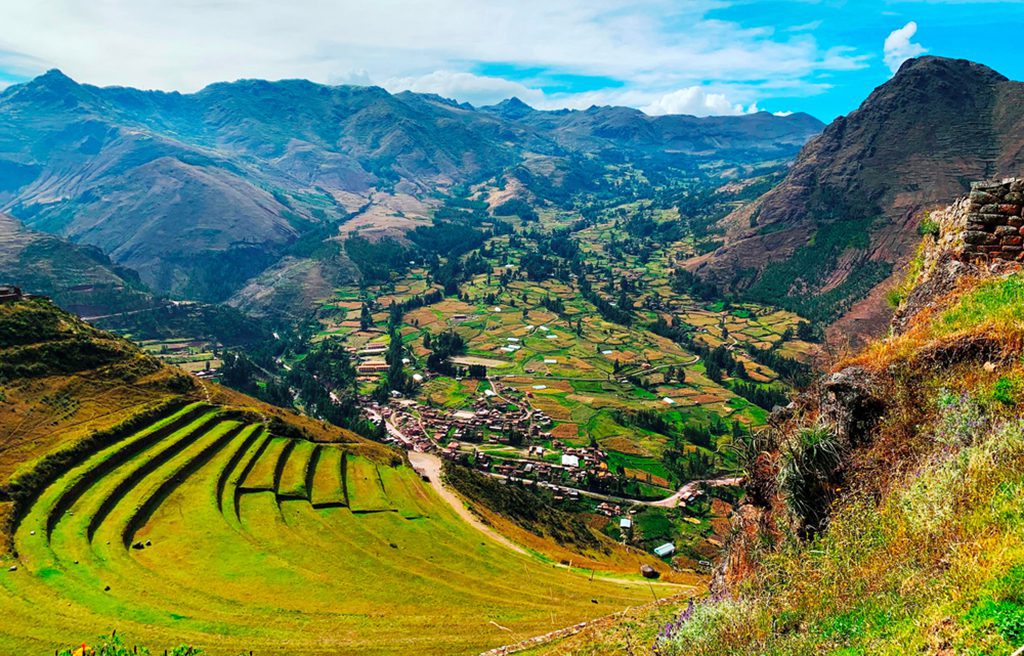
Inca Pisac refers to a collection of spectacular Inca ruins located in the mountains above the thriving colonial village of Pisac. Overlooking the Sacred Valley, the remains include a military citadel in addition to religious temples and residential homes. Inca Psac may have protected the valley’s southern entrance and managed a trade route between the Inca Empire and the rain forest’s edge.
Amazing Tourist Attractions in Peru: Moray
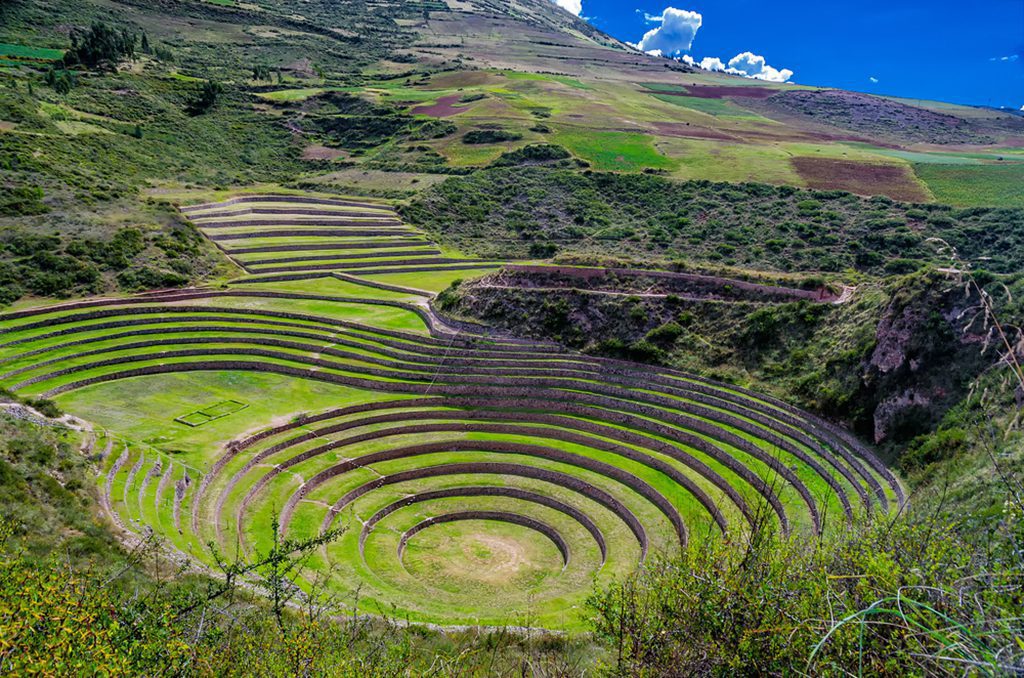
Moray, an Inca site accessible through the town of Maras, has a number of large terraces cut into a massive earthen basin. In a bowl, the microclimate varies from layer to layer depending on the depth. There might be as much as a 15 °C (27 °F) temperature differential between the surface and the depths. Some have speculated that the Incas utilized these areas as a kind of laboratory to find the best conditions for cultivating different types of crops.
23. Plaza de Armas, Lima
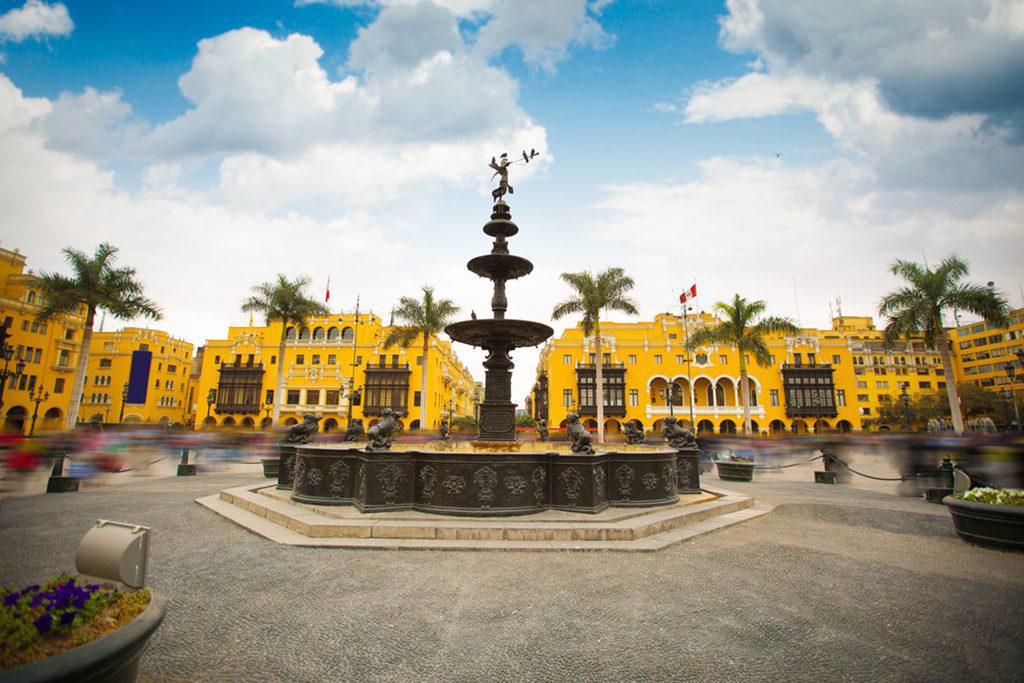
Lima’s city was established on the Plaza de Armas. It is the focal point of the city’s historic quarter and is often referred to as the Plaza Mayor. Spanish conqueror Francisco Pizarro chose the site in 1535. At present, a cathedral and many palaces frame the plaza on each side.
22. Kuelap
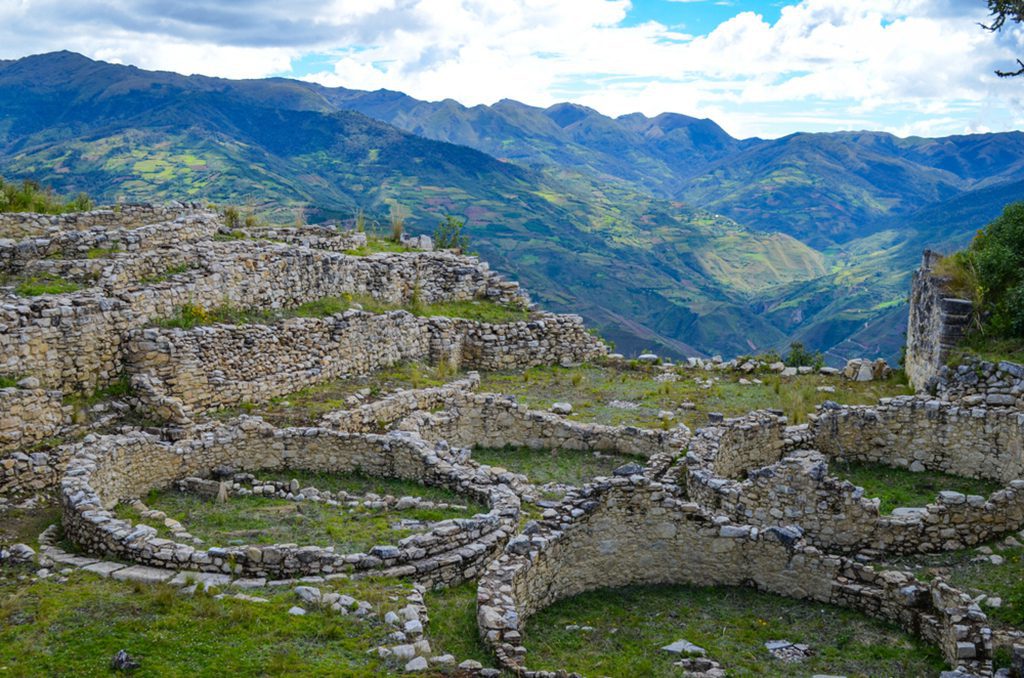
Kuelap is a unique destination since it has both ancient ruins and natural wonders like a cloud forest and the Amazon River. When the Amazon excavated a valley deeper than the Grand Canyon in the Andes, the Chachapoyans, sometimes known as the Cloud People, settled there and constructed the ancient walled city of Kuelap. Kuelap is home to the largest fortress in all of South America, and it was built long before the Inca Empire ever existed there. Within the walls of the fortress, exotic plants like orchids and bromeliads flourish.
Amazing Tourist Attractions in Peru: Cordillera Blanca
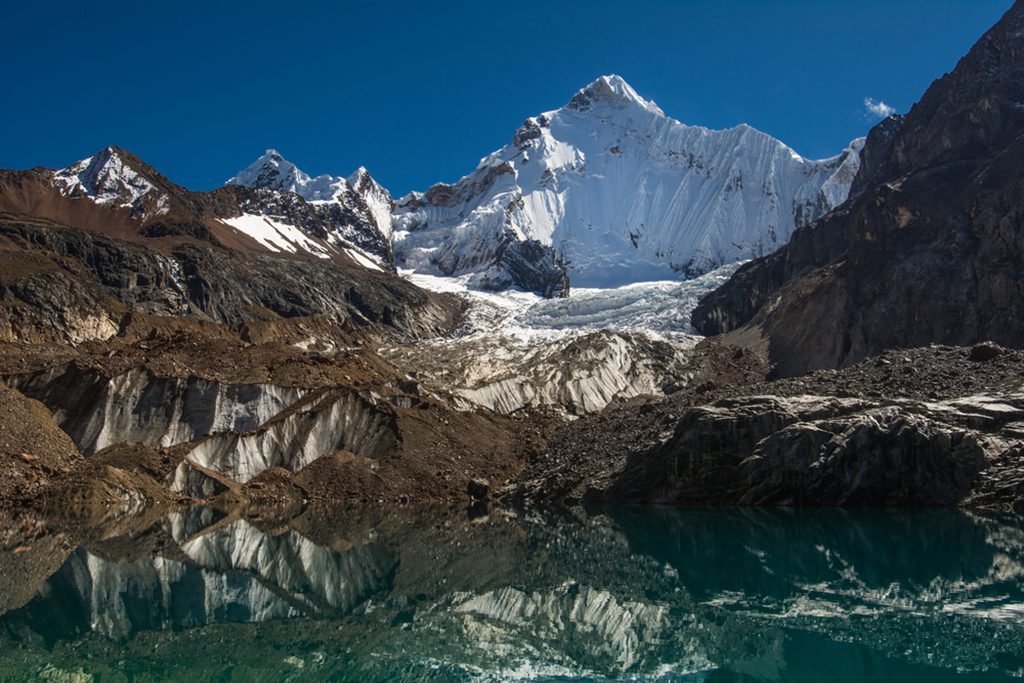
It’s a mountaineer’s paradise in the Cordillera Blanca, with excellent opportunities for hiking, climbing, and mountain biking. It is the tallest tropical mountain range in the world and is located in northern Peru, with 16 peaks above 6,000 meters (19,000 feet) in elevation. Peru’s tallest peak, Huascaran, can be found in this area of the Andes. As a bonus, the Cordillera Blanca is a great spot to visit for pre-Incan archaeological sites.
20. Sacsayhuaman
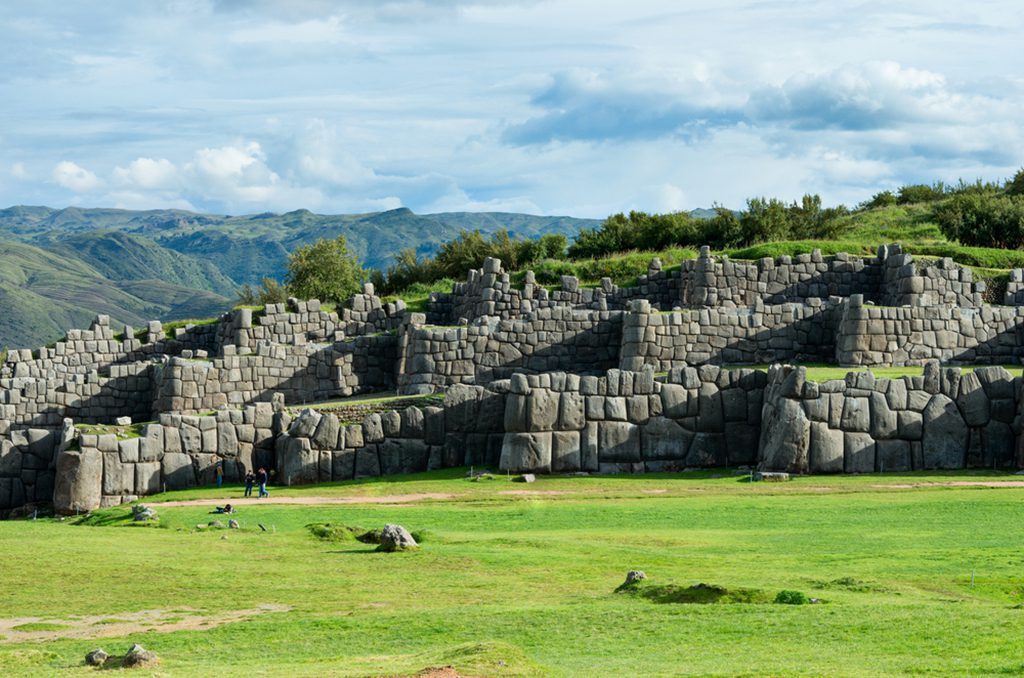
The ancient fortress of Sacsayhuaman stands on a hill above Cusco. The Incas built Cusco after one of their symbols, the puma, with Sacsayhuaman serving as the puma’s head. Sacsayhuaman is hailed as one of humanity’s greatest architectural achievements. Large rocks and dwarf people were used to construct the fortress walls, with parts chopped to fit together without the need for mortar. Today, the foundations remain visible.
19. Sipan
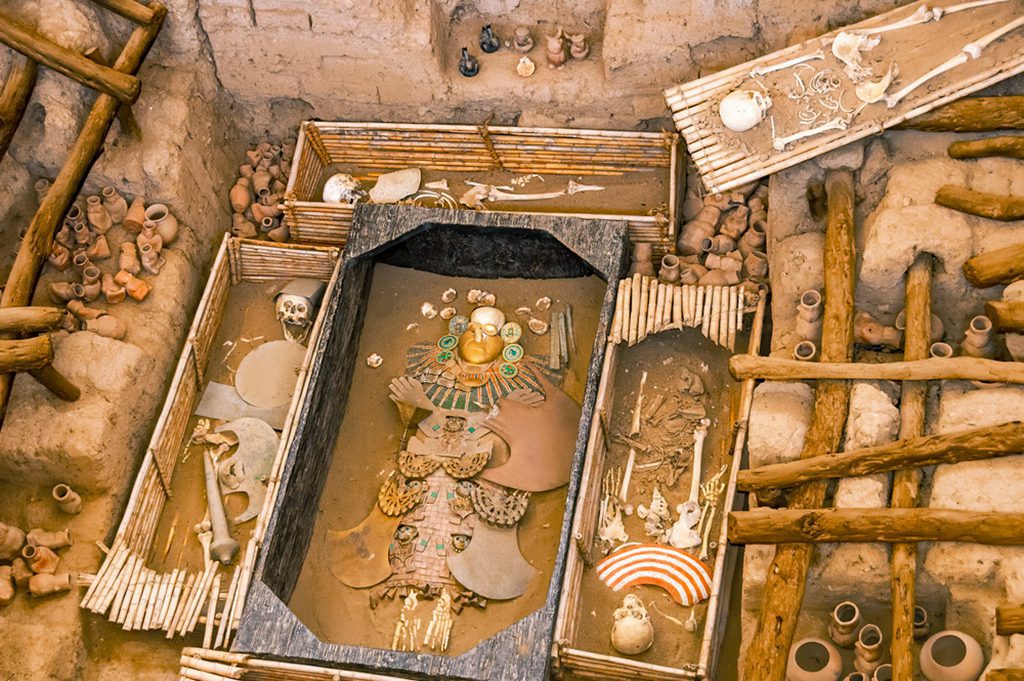
Lord of Sipan, who ruled about the year 100 AD, has been compared to King Tut of the Americas due to the wealth of his tomb. One of the most significant archaeological finds in modern times. Long before the Incas, the Moche governed the northern coast of Peru, and their king was named Sipan. The Bruning Museum, just a short distance away, has priceless artifacts created by these legendary old metallurgists.
18. Salinas de Maras
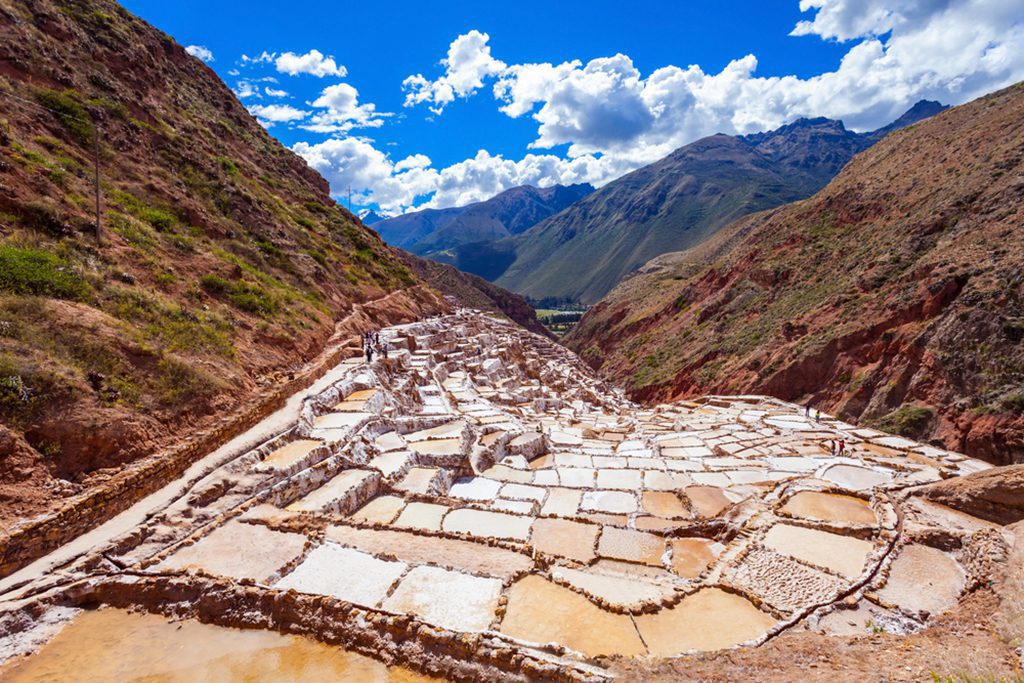
Salinas de Maras is in the Urumbamba Valley, at the foot of Qaqawiay Mountain. Nearly three thousand salt pans, or small pools, fed by very salty water from an underground spring, make up the intricate network that is this salt mine. During the dry months of May through November, local people still use traditional ways to hand-harvest salt from the salt pans, which are said to have been established before the Inca Empire.
Amazing Tourist Attractions in Peru: Manu National Park
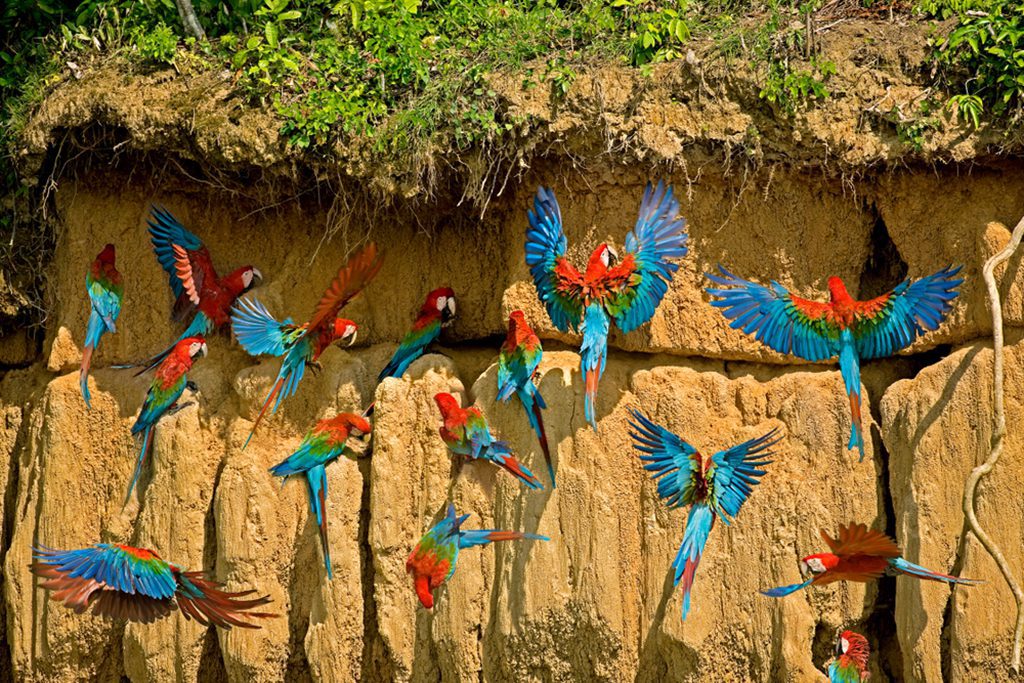
One of the best spots in all of South America to witness an incredible array of tropical animals is this massive national park in the Amazon Basin. The majority of places have animals that can be spotted if one is patient enough. Travelers can anticipate seeing a wide variety of birds, as well as numerous types of monkeys and a small number of other animals, throughout their week-long trip. This national park is best experienced during the dry months of June through November.
16. Choquequirao
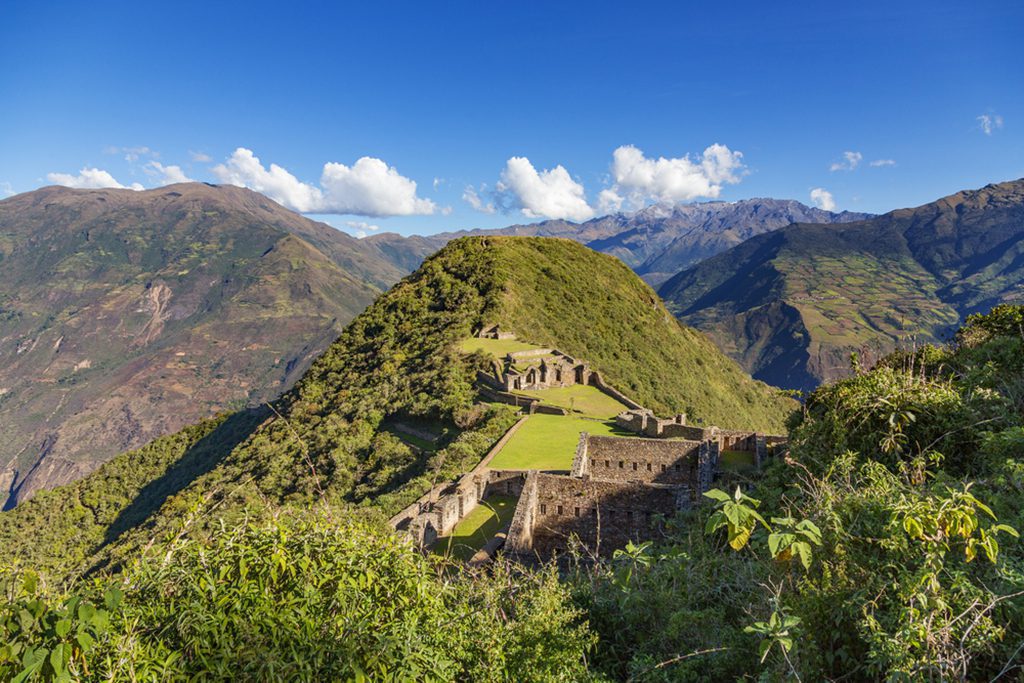
Choquequirau is the sister city of Machu Picchu and is as remote, magnificent, and incomplete. Choquequirao, a considerably bigger site that was constructed in an entirely different style than Machu Picchu, but not nearly as magnificent as the latter, Choquequirao is a popular alternative to the Inca Trail that can be reached on a three- or four-day hiking expedition. In the height of the tourist season, tours depart on a moment’s notice and almost daily.
15. Pisac Market
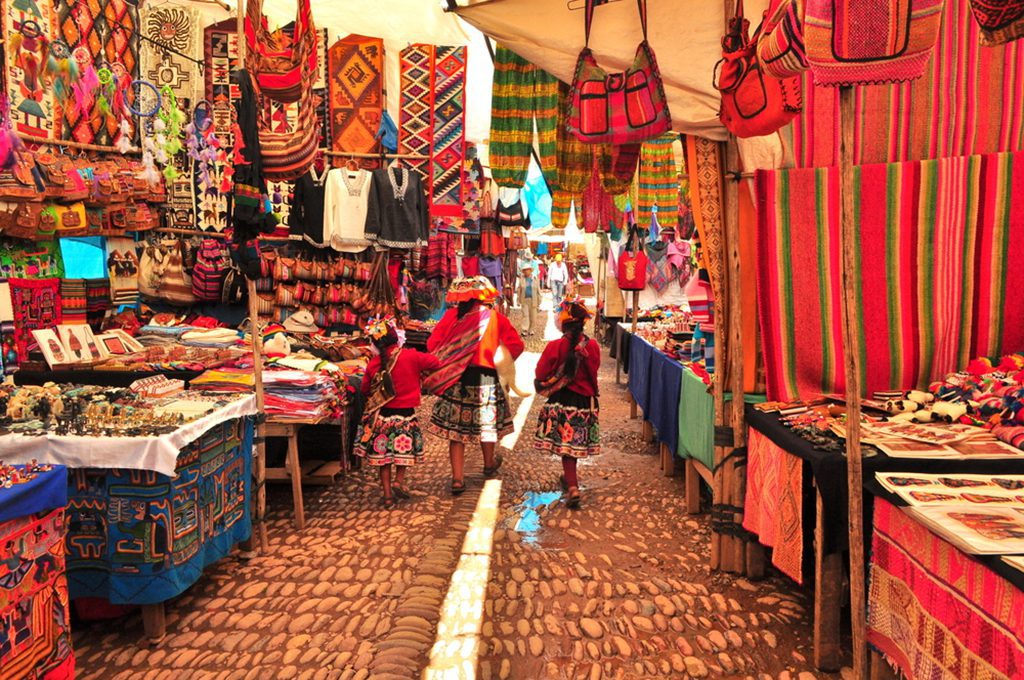
You may get a taste of what a traditional market in a small Andean town is like at Pisac Market. Sunday is the largest market day, with Tuesday and Thursday being smaller. Tourists can watch locals haggle over fruit and vegetables at the central market. There is a specialized “tourist” market where you can buy items created in the area. Local pottery, such as the hand-painted beads, is a great purchase. There is a bus that leaves Cusco for Pisac every hour.
14. Paracas National Reserve
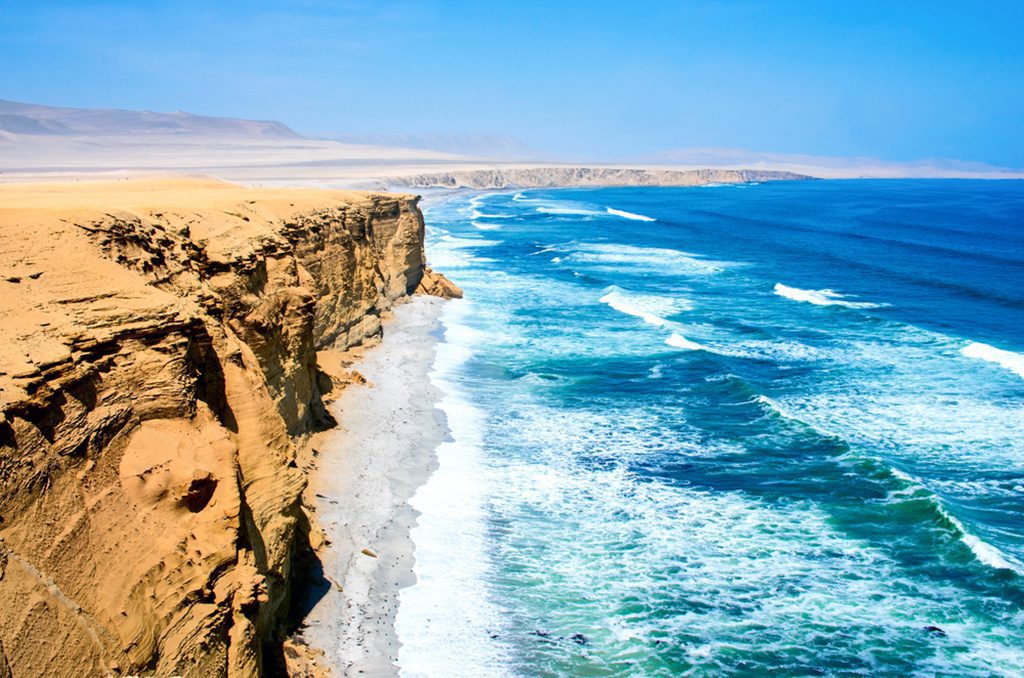
Most of the Pennsula de Paracas, located on Peru’s southern coast, is protected as the Paracas National Reserve, a desert reserve. According to the Nature Conservancy, this area is a great example of Pacific subtropical coastal desert since the desert landscape continues all the way to the beach. Sea lions, dolphins, and 215 different species of birds can all find food in this region. Dozens of Paracas-era archaeological sites can be found inside the reserve as well.
13. Ollantaytambo
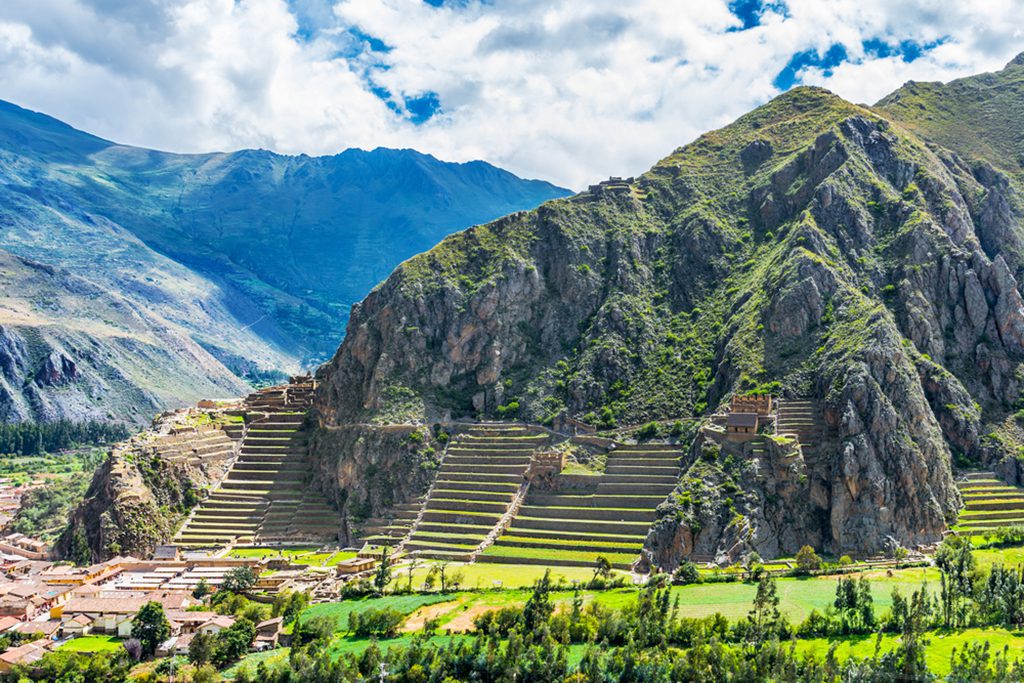
Located at the far northwest end of the Sacred Valley is the village and historic Inca temple and fortress of Ollantaytambo. After Cuzco fell to the Spanish, here is where the Incas fled for safety. Old Ollantaytambo can be found underneath the current archaeological site. One of the best examples of Inca town design, the town was built on Inca foundations. The town’s layout has changed little since Inca times. Ollantaytambo is now a major tourist hub and a popular starting place for hikers on the Inca Trail.
Amazing Tourist Attractions in Peru: Miraflores District
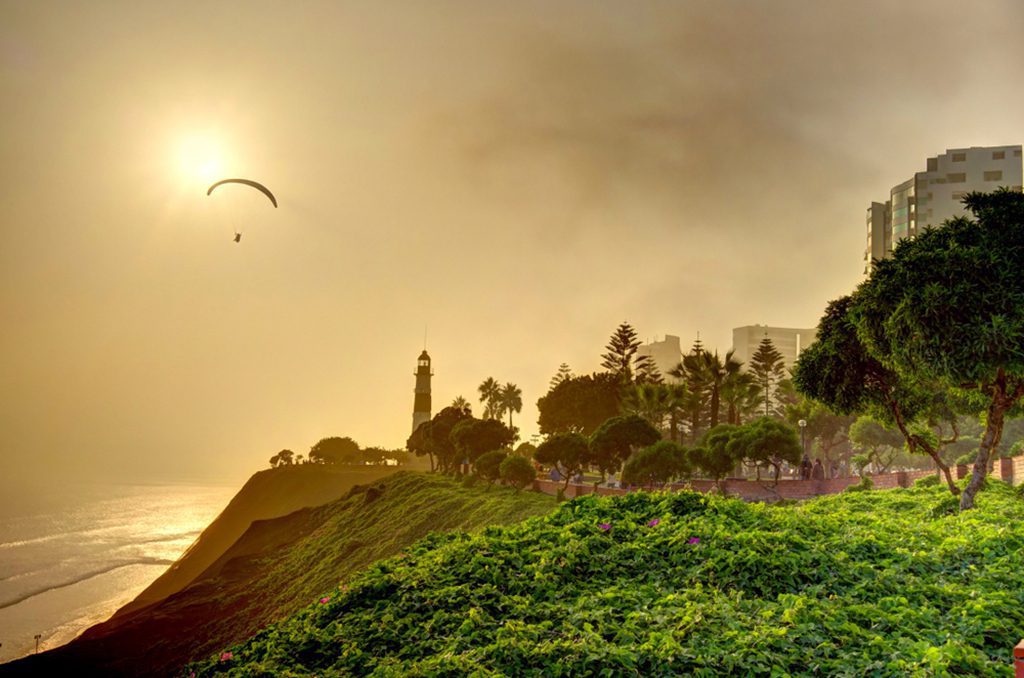
Miraflores is Lima’s main beach resort and entertainment center. Both locals and visitors love the area’s many restaurants, shops selling unique wares and antiques, spas, nightlife, and casinos. Surfers and paragliders frequent this Pacific Coast beach as well. The Huaca Pucilana, a pre-Incan archaeological site, is located in this neighborhood.
11. Chan Chan
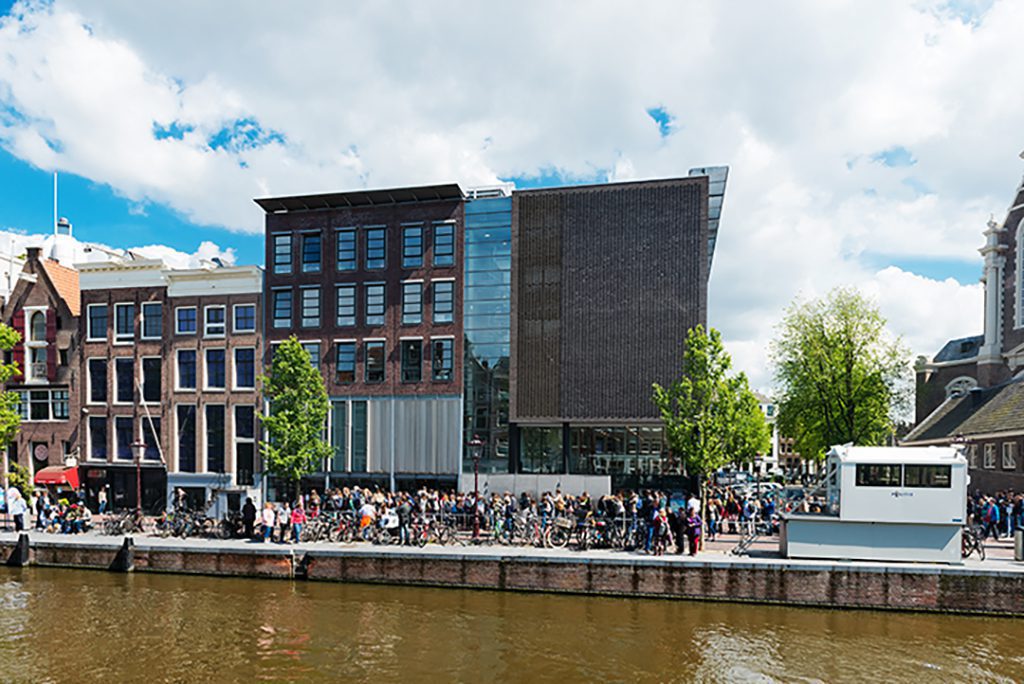
Chan Chan, a massive adobe city in Peru, used to be the biggest city in pre-Columbian America. Nearly sixty thousand people called the city home, according to estimates. Around 850 CE, the Chimu established the city, which would last until the arrival of the Inca Empire in 1470 CE and its eventual conquest. As impressive as Chan Chan may have seemed when it was first built, the city’s mud walls have been extensively undermined by destructive floods and frequent rains. The sheer magnitude of the site is currently its most eye-catching feature.
Amazing Tourist Attractions in Peru: Huacachina
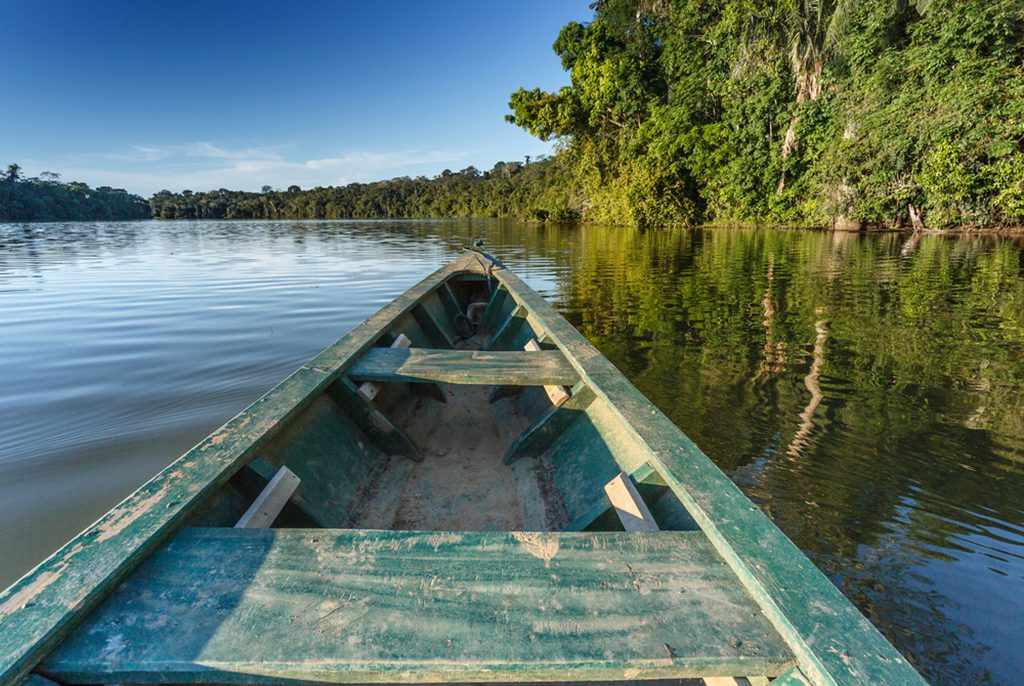
Huacachina, an oasis town close to Ica, is set in the middle of a small natural lake and towering sand dunes. Huacachina used to be a popular destination for wealthy Peruvians, but nowadays most visitors come from outside. The sandboarding and dune buggy rides on the dunes are the main attractions.
9. Mancora

Máncora, a tiny hamlet on Peru’s northern coast, is home to the country’s best sandy beach, which stretches for kilometers along the Pacific Ocean. The town’s main street, the Pan-American Highway, also has a surprisingly high concentration of beach resorts, high-end restaurants, and lively nightclubs. Máncora is a popular surfing destination because of its reliable waves and lively nightlife after dark.
8. Iquitos & Amazon River
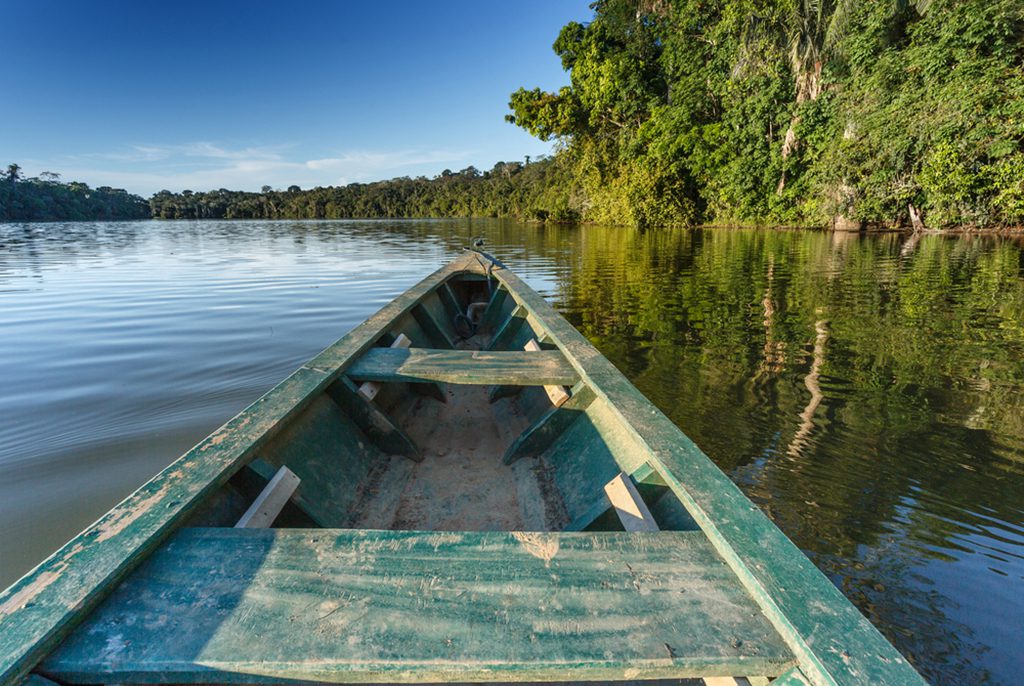
Some argue that the Brazilian Amazon jungle near Manaus is overrated and that the Peruvian Amazon jungle is a superior adventure vacation location since it has the same animals but is less crowded and more reasonably priced. It is from Iquitos, the biggest city in the world that cannot be accessed by road, that Amazon boat tours in Peru set out. That just leaves ships and flying as viable options for bringing in and taking out people and supplies.
Amazing Tourist Attractions in Peru: Nazca Lines
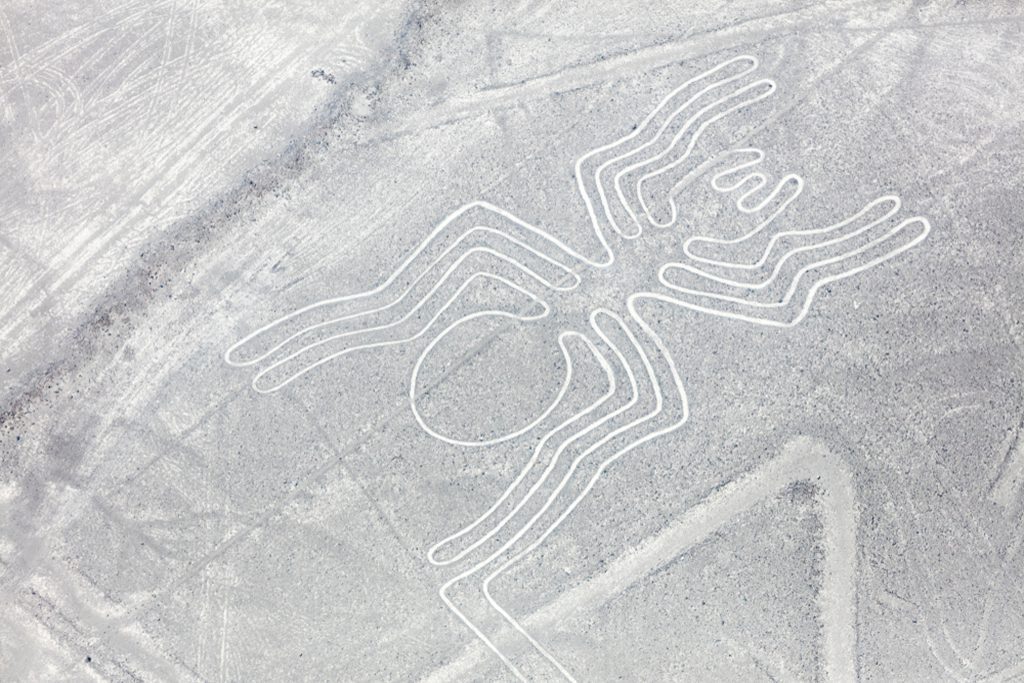
On the northern Pacific coast, between the towns of Nazca and Palpa, you’ll find the mysterious Nazca Lines. Figures vary from basic lines to highly styled spiders, monkeys, fish, llamas, lizards, and human figures, all of which were created between 200 BC and 700 AD. The lines were made on such a massive scale that they weren’t identified as figures until the 1920s, when Peruvian airlines began flying from Lima to Arequipa. Nazca’s hotels and travel operators provide Cessna flights above the lines on both ends. In addition, three of the figurines can be seen from an observation tower located along the Pan-American Highway.
6. Santa Catalina Monastery
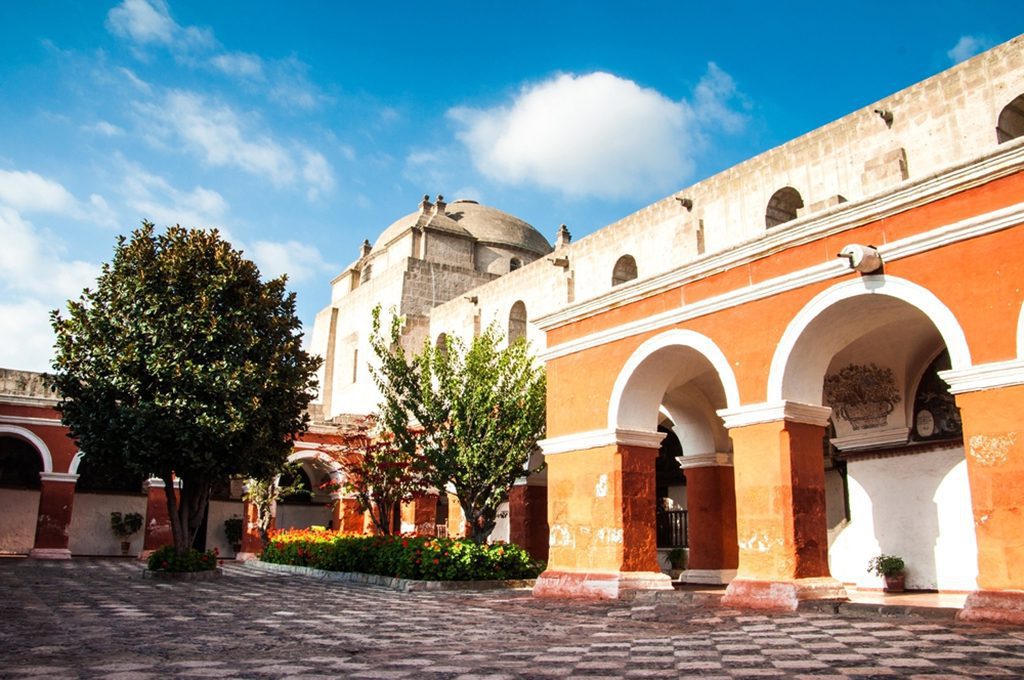
The walls, streets, walkways, stairways, and small squares of the Santa Catalina Monastery in Arequipa, which was founded on October 2, 1580, include a total area of 20,000 square meters. The monastery’s brightly painted walls are characteristic of the Mudéjar style, which was prevalent at the time. For colonial Peru and Latin America, this monastery ranks highly in importance.
Amazing Tourist Attractions in Peru: Uros Islands
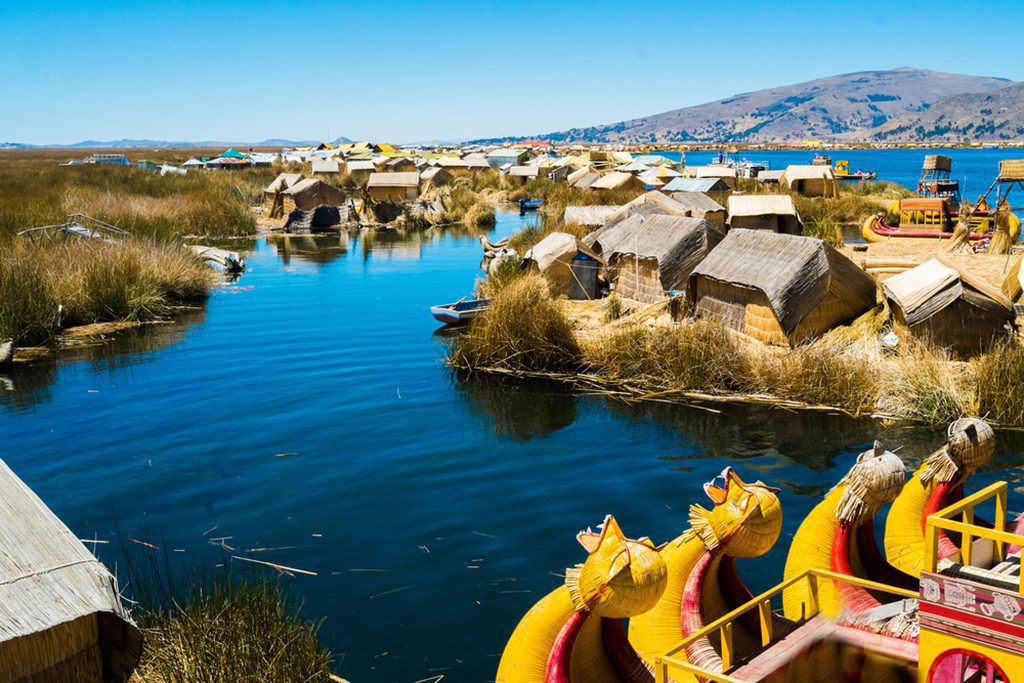
The Uros, man-made islands of dried totora reeds, are the most visited site in Lake Titicaca. The Uros, an ancient pre-Incan tribe, rely heavily on reeds for food, shelter, transportation, and even a special kind of tea made from the flowers of the plant. The islands’ soft, bouncy substrate is maintained by continuously adding reeds to the top as they decay from the bottom, a process that takes around three months.
4. Plaza de Armas
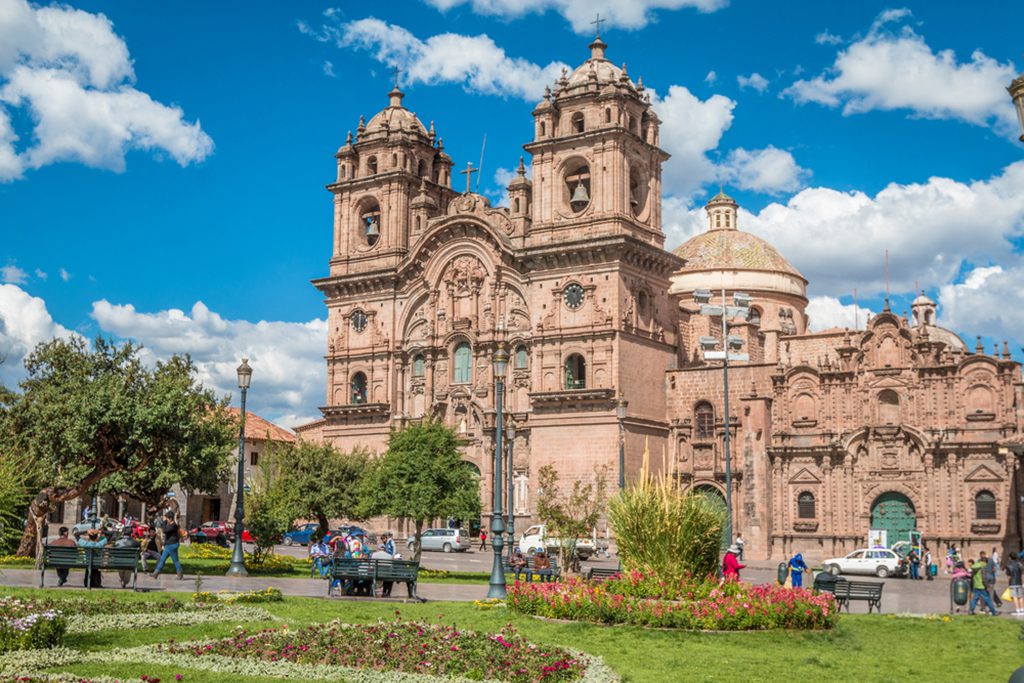
From the days of the Inca Empire, when it was known as Huacaypata or Aucaypata, until the present day, the Plaza de Armas has served as Cuzco’s beating heart. Careful landscaping and lots of chairs and walls for sitting have made this plaza a favorite place to have lunch outside. Located in the heart of the city, the plaza is framed by the Cathedral and the Church of La Compaa, two prominent Spanish religious buildings.
Amazing Tourist Attractions in Peru: Colca Canyon
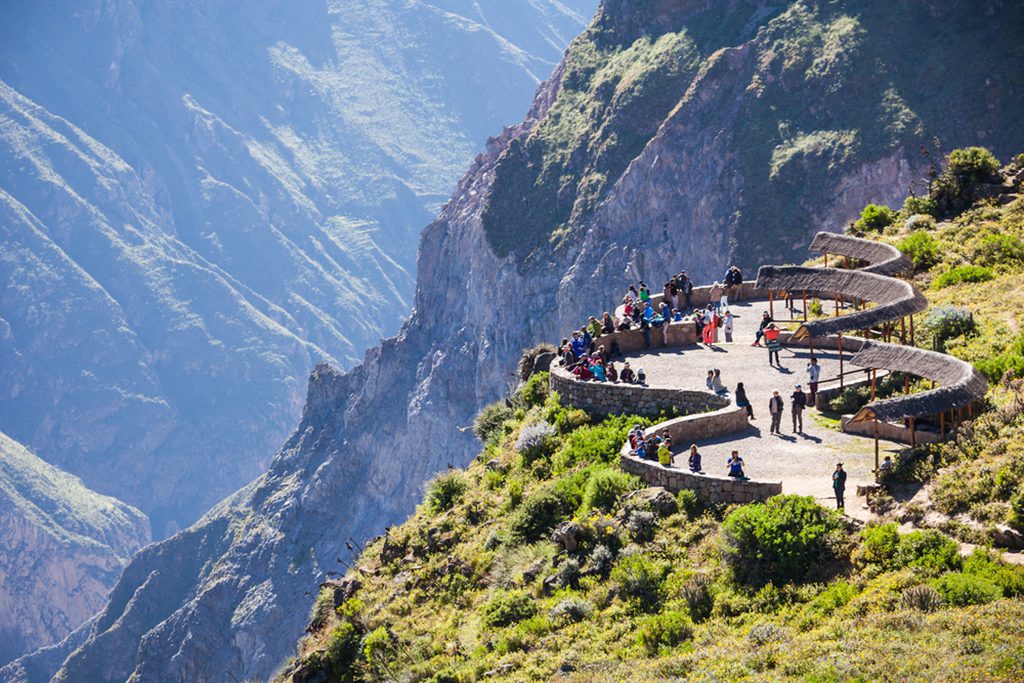
If you think the Grand Canyon in the United States is deep, wait till you see Colca Canyon in southern Peru. Colca Canyon is twice as deep as the Grand Canyon at 4,160 meters (13,650 ft), but has flatter canyon walls. In addition to the breathtaking scenery, the Andean condors are the main draw. Condors riding the rising thermals can be seen from rather close range.
2. Inca Trail
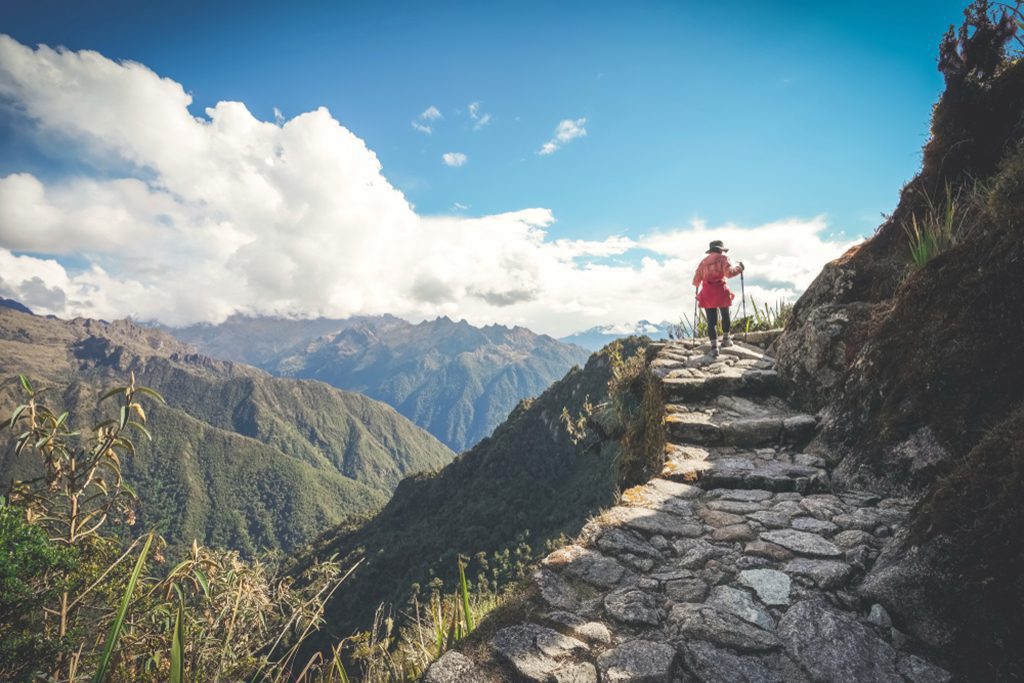
The Inca Trail connects the town of Aguas Caliente in the Sacred Valley of the Incas with the citadel of Machu Picchu in the Sacred Valley of the Incas in the Andes Mountains at a distance of 42 kilometers (26 miles). It also passes through jungles, Inca ruins, and cloud forests along the way. Hikers should be aware that altitude sickness is a possibility on this trail. The months of May through September provide ideal weather for the multi-day walk. Packing for a chilly night on the trail is a must for every hiker.
Amazing Tourist Attractions in Peru: Machu Picchu
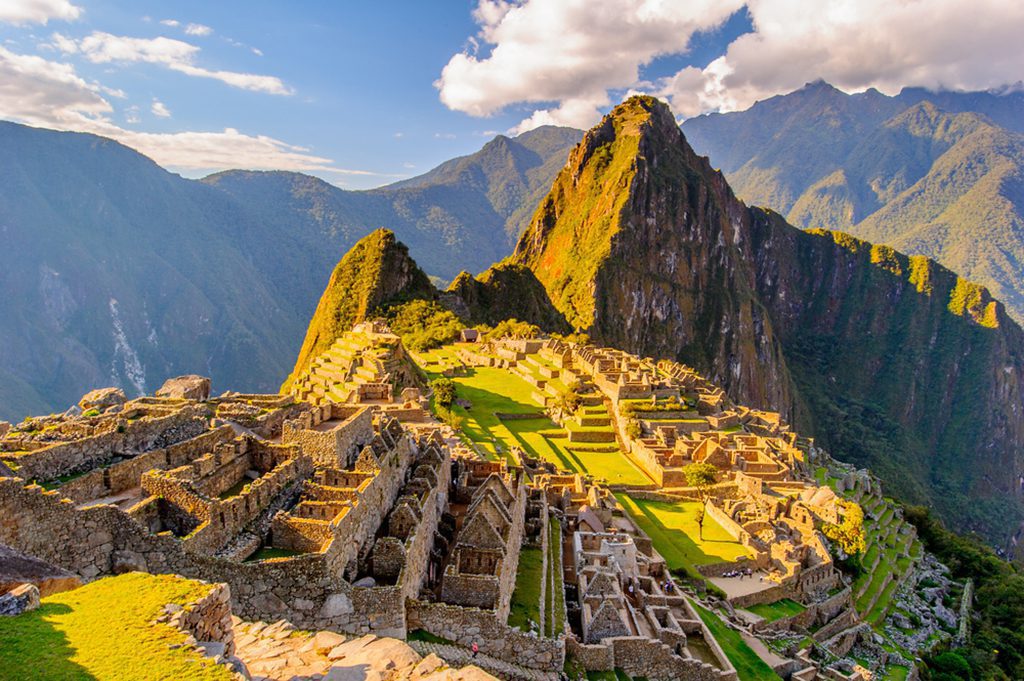
Machu Picchu, one of the most breathtaking and stunning ancient sites on the planet, is Peru’s most popular tourist destination. As its name suggests, the “Lost City of the Incas” is hidden from view in the Urubamba Valley below, and it functions independently thanks to its isolation and self-contained nature (it is surrounded by agricultural terraces and nourished by natural springs). While the locals knew about Machu Picchu, it remained mostly unknown to the rest of the world until it was rediscovered in 1911 by historian Hiram Bingham.
Plan your trip with ontravelx and get ready for a journey full of breathtaking sights and priceless memories.


